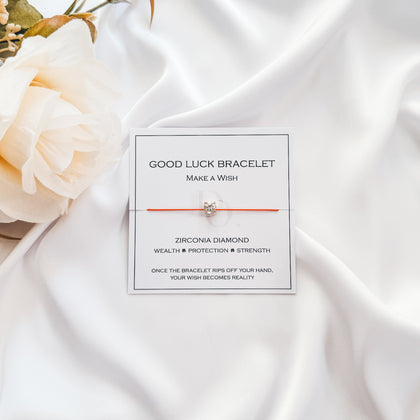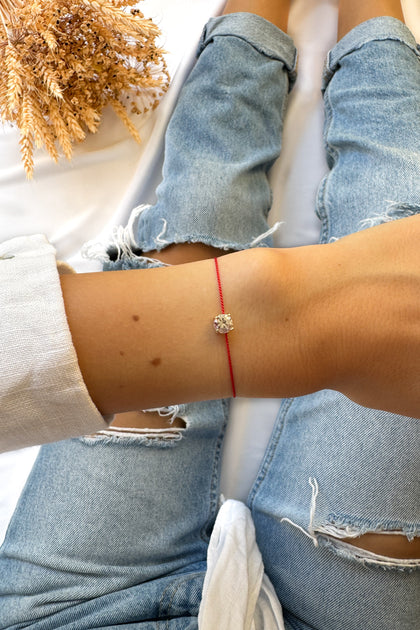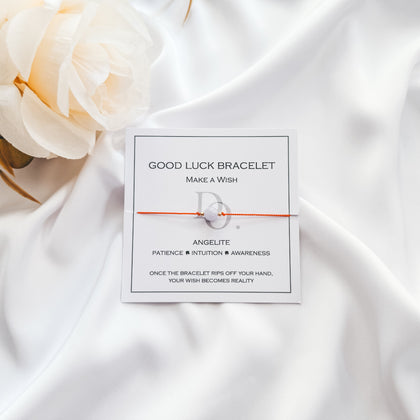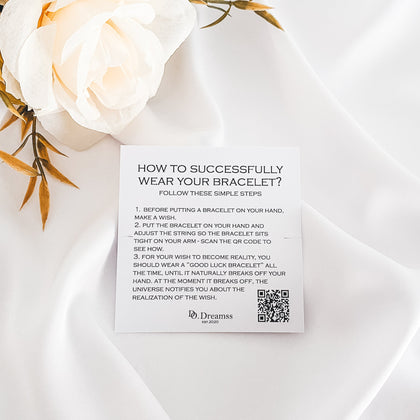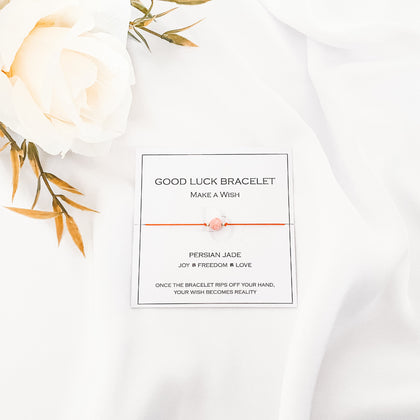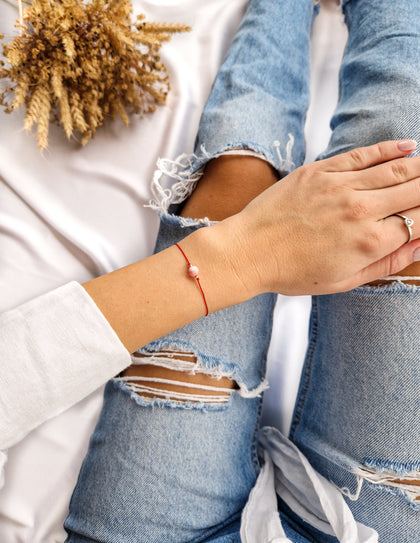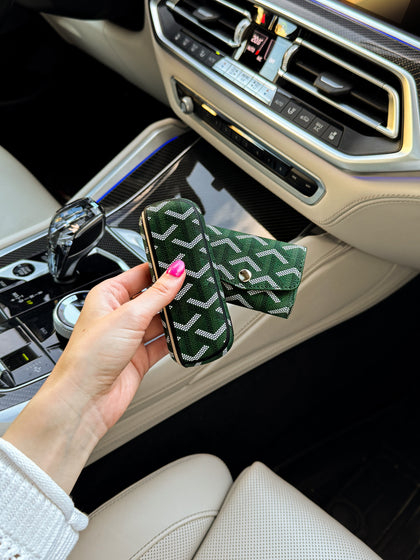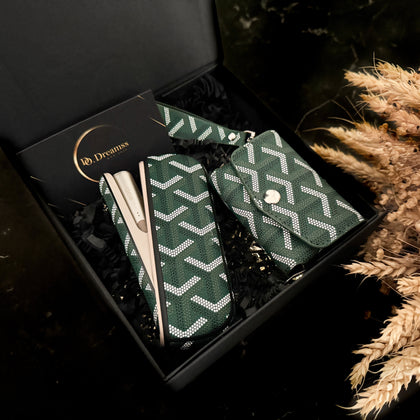The Lucky Edit by Do.Dreamss
How to Spot Fake Jewelry: Tips for Authentic Purchases
In a world filled with jewelry options ranging from high-quality precious metals to clever imitations, knowing how to distinguish authentic pieces from counterfeits has never been more important. Whether you're investing in an heirloom piece, shopping for a special occasion, or simply treating yourself, the ability to spot fake jewelry can save you money, disappointment, and potential embarrassment.
This comprehensive guide will walk you through practical techniques to identify genuine jewelry, understand the various materials used in both authentic and imitation pieces, and help you shop with confidence. By the end, you'll be equipped with expert knowledge to test jewelry at home, recognize red flags when shopping, and know when it's time to consult a professional. For more insights, explore our accessories and gift ideas blog for jewelry shoppers.
Understanding real vs. fake jewelry: key definitions & materials
Before diving into authentication methods, it's essential to understand what constitutes "real" versus "fake" jewelry. Real jewelry typically contains precious metals like gold, silver, or platinum, often set with natural gemstones or diamonds. Costume or fake jewelry, on the other hand, usually consists of base metals like brass, copper, or aluminum that may be plated with a thin layer of precious metal, along with synthetic stones or glass.
Authenticity matters not just for monetary value, but also for durability, skin safety, and personal satisfaction.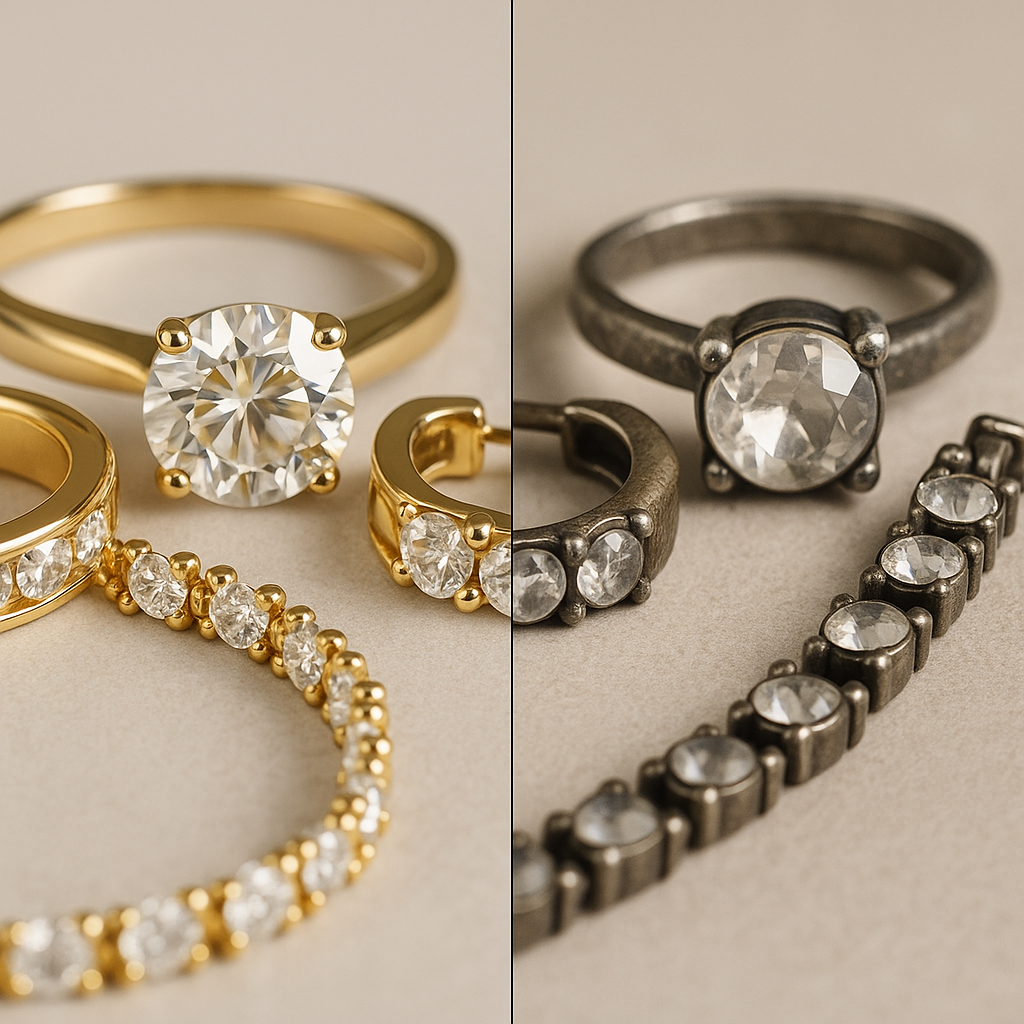
Many people develop skin reactions to base metals used in counterfeit pieces, while authentic jewelry typically maintains its appearance for generations with proper care.
Popular types of fakes and simulants
The jewelry market is filled with various imitations designed to mimic the look of more expensive materials:
- Cubic zirconia and moissanite: Common diamond simulants that can look convincingly similar to untrained eyes
- Gold-plated items: Base metals coated with an extremely thin layer of gold (typically 0.5-1 micron thick)
- Gold-filled pieces: Contains more gold than plated items (about 5% gold by weight) mechanically bonded to a base metal
- Vermeil: Sterling silver coated with gold, often marketed as a premium alternative to standard gold plating
- Glass gems: Colored glass cut and polished to resemble precious stones
- Synthetic stones: Laboratory-created gemstones with identical chemical properties to natural stones but created artificially
Discover our genuine jewelry selection for pieces you can trust to maintain their beauty and value over time.
How to test for authentic jewelry at home
While professional authentication is always the most reliable option, several at-home testing methods can help you make preliminary assessments about your jewelry's authenticity. These simple techniques can provide valuable insights before making purchases or when evaluating pieces you already own.
Visual inspection — hallmarks, stamps, and engravings
One of the first authentication steps involves carefully examining any markings on your jewelry:
- Gold markings: Look for stamps like "10K," "14K," "18K," or "24K" indicating gold purity, or "750" (18K), "585" (14K), and "417" (10K) representing parts per thousand of gold content
- Silver indicators: Authentic silver typically bears "925" (sterling), "800," or "950" stamps
- Platinum jewelry: Usually marked with "PT," "Plat," or numbers like "950" or "900"
- Manufacturer's marks: Reputable jewelry makers include their trademark, especially on high-value pieces
Warning signs include blurry, uneven, or inconsistent markings, stamps that appear freshly applied rather than part of the original casting process, or markings that don't match what the seller claims the piece contains.
Physical tests for metals (gold, silver, platinum)
Magnet test: Precious metals like pure gold, silver, and platinum are non-magnetic. Bring a strong magnet (neodymium works best) close to your jewelry. If it strongly attracts, the piece likely contains significant amounts of base metals. However, be aware that some authentic gold alloys might show slight magnetic properties, and some fake pieces use non-magnetic base metals.
Weight assessment: Genuine precious metals are dense and relatively heavy for their size. Hold the suspected piece in one hand and a known authentic piece of similar size in the other. Counterfeit items often feel noticeably lighter due to hollow construction or lighter metals.
Ceramic scratch test: Gently drag the edge of your jewelry across unglazed ceramic (like the bottom of a ceramic mug or tile).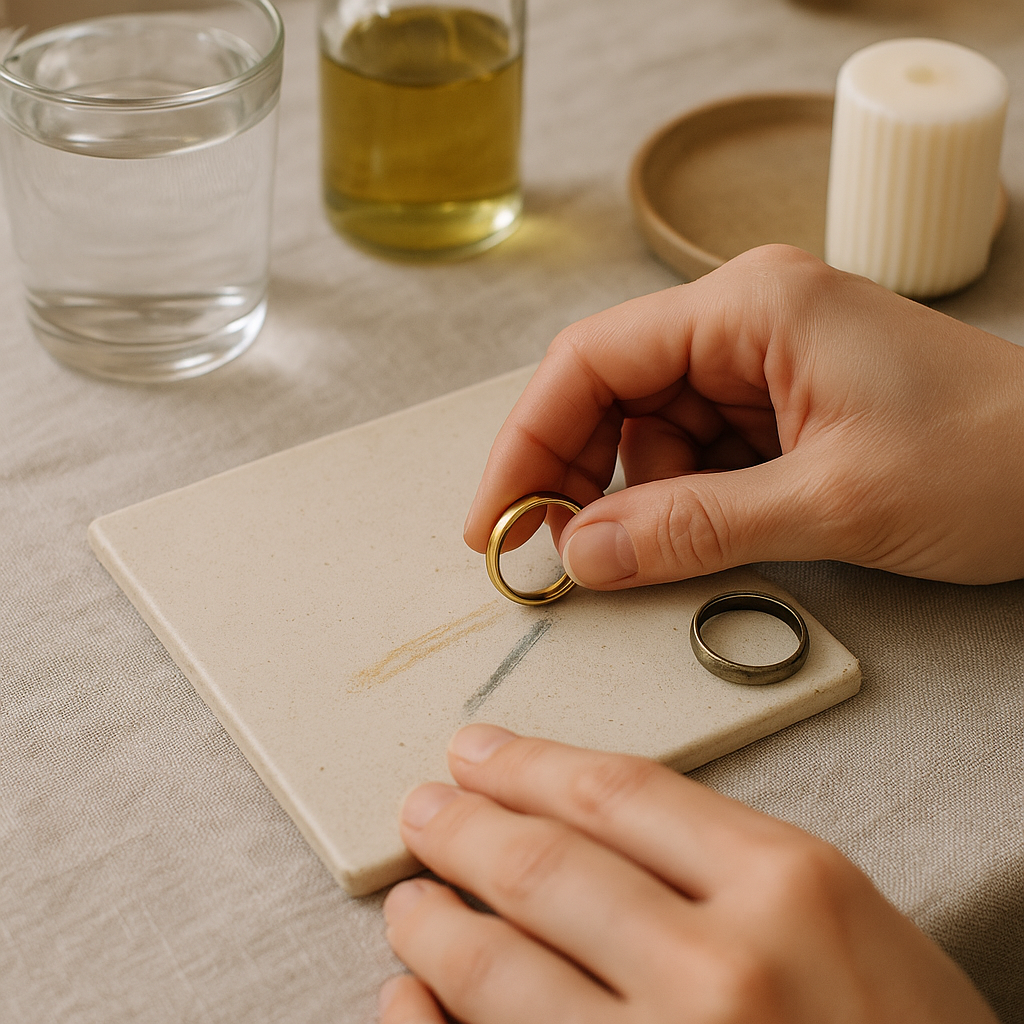
Real gold will leave a gold-colored streak, while fake gold typically leaves a black or green mark. Note: this test may slightly damage your jewelry's surface and should be done carefully on an inconspicuous area.
Acid testing: While professional jewelers commonly use acid tests, these should be approached with extreme caution at home. Gold testing kits are available but require careful handling as they contain acids that can damage skin and clothing. When in doubt, have a certified jeweler perform this test instead.
Stone & gemstone authenticity
Fog/breath test: Diamonds disperse heat almost instantly. Breathe on a suspected diamond—a real diamond will clear immediately while fakes will remain fogged for several seconds.
Loupe examination: Use a jeweler's loupe (10x magnification) to inspect stones. Natural gemstones typically contain tiny inclusions and imperfections, while many fakes have air bubbles, perfectly uniform color, or unnaturally perfect clarity.
Water test: Due to their high density, diamonds sink immediately in water. Place the loose stone in a glass of water—if it floats or sinks slowly, it's likely not a diamond. This test works best with loose stones, not mounted jewelry.
Light refraction: Diamonds refract light differently than simulants. Place the stone over printed text—you shouldn't be able to read through a real diamond due to its high refractive index.
Skin reaction and wear tests
Your skin can be a natural detector for counterfeit jewelry:
- Green or black discoloration on skin after wearing suggests copper or silver content in what was sold as gold
- Unexplained skin irritation may indicate nickel or other allergenic metals commonly used in fake jewelry
- Rapid tarnishing, especially in areas of frequent contact, often reveals plated items as the thin precious metal layer wears away
For more inspiration on pairing genuine jewelry with your wardrobe, visit our guide to colorful jewelry combinations.
Spotting fake jewelry when shopping: what to look for
Recognizing authentic jewelry before purchase requires attention to detail and awareness of common warning signs, particularly when shopping online or at estate sales where you can't perform hands-on tests immediately.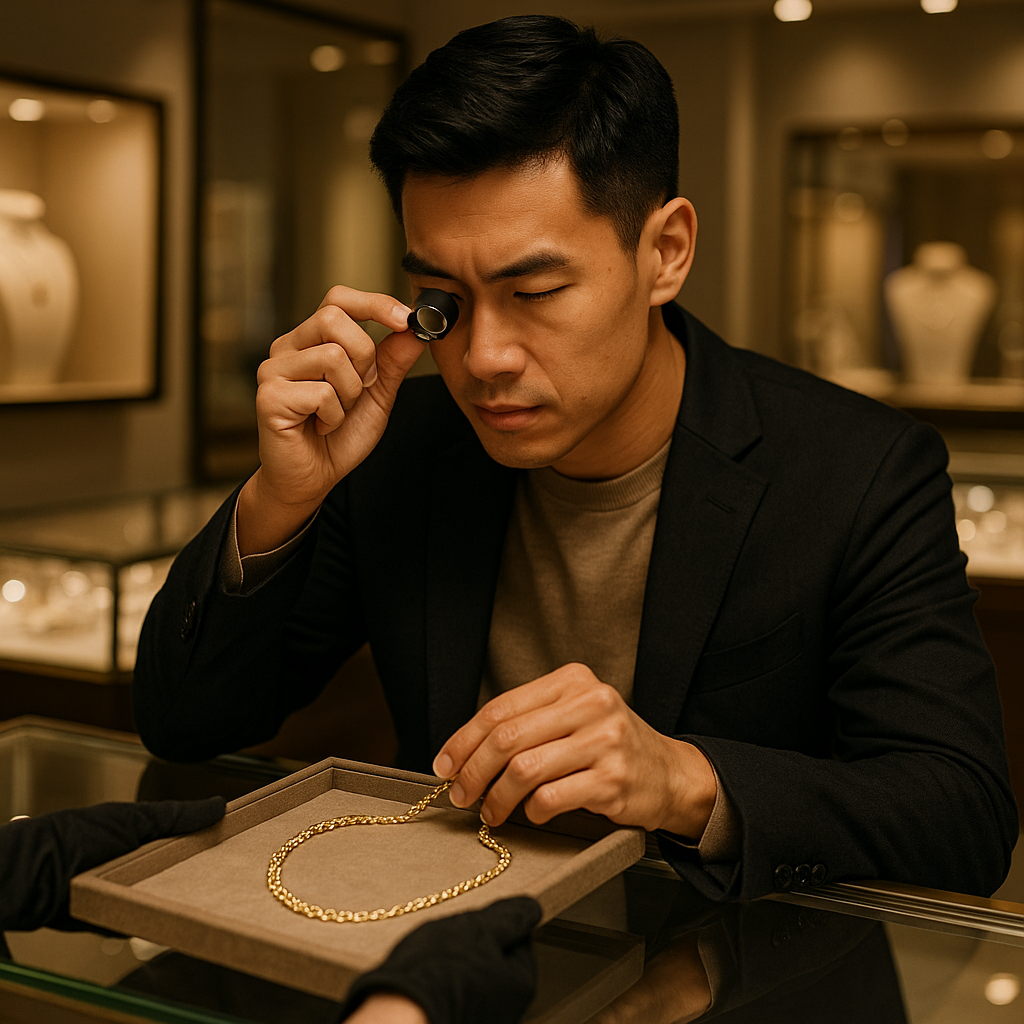
When evaluating potential purchases, consider these authentication factors:
- Pricing realism: If a deal seems too good to be true, it likely is—genuine precious metals and gemstones have minimum market values based on weight and quality
- Seller credentials: Reputable jewelers should be willing to share information about their training, professional affiliations, and business history
- Documentation: Quality jewelry typically comes with certificates of authenticity, particularly for diamonds and colored gemstones
- Return policies: Trustworthy sellers offer reasonable return windows allowing for independent appraisal
- Craftsmanship: Examine settings, clasps, and general construction—authentic jewelry usually features even prongs, smooth edges, and solid closures
Shop our curated selection of certified fine jewelry for peace of mind knowing each piece has been verified for quality and authenticity.
Evaluating online and secondhand jewelry markets
Pre-owned and online jewelry purchases require additional caution:
- Request detailed photos: Ask for close-ups of hallmarks, settings, and gemstones from multiple angles
- Verify certifications: Contact issuing authorities to confirm certificate legitimacy for significant purchases
- Research vintage hallmarks: Older jewelry uses different marking systems—familiarize yourself with period-appropriate stamps
- Check seller reviews: Look for consistent positive feedback specifically mentioning jewelry authenticity
- Budget for authentication: Factor in the cost of professional appraisal for valuable pieces purchased from non-traditional sources
For vintage items particularly, the patina (natural aging) should be consistent throughout the piece—uneven wear or new-looking areas amid tarnish may indicate repairs with different materials.
When to call a professional: jewelry appraisals & certifications
While DIY testing provides useful preliminary information, professional authentication becomes essential for valuable pieces or when results seem inconclusive.
Professional jewelry appraisal serves multiple purposes beyond authentication—it establishes value for insurance, provides detailed documentation for resale, and often reveals additional information about craftsmanship and origin that might increase appreciation and worth.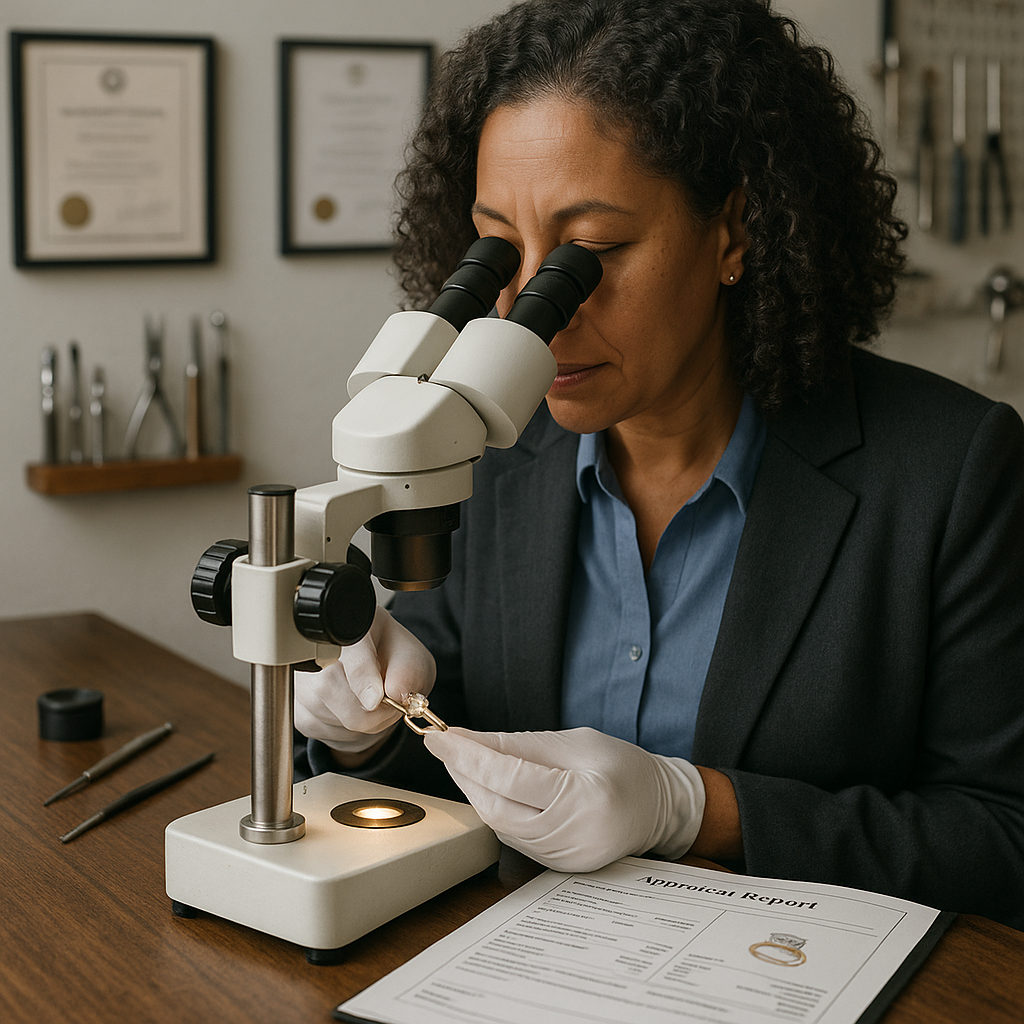
During a professional appraisal, expect:
- Physical examination: The appraiser will test metal content, evaluate gemstone quality, and inspect craftsmanship
- Professional equipment use: Specialized tools like refractometers, diamond testers, and spectrometers provide definitive material identification
- Market valuation: Current market research determines appropriate replacement value
- Detailed documentation: A comprehensive report including photographs, measurements, and material specifications
The most respected gemstone certifications come from organizations like the Gemological Institute of America (GIA), American Gem Society (AGS), and International Gemological Institute (IGI). These certificates include detailed information about the stone's dimensions, cut quality, color, clarity, and other identifying characteristics.
Ready to protect your investment? Get your jewelry appraised by our experts who can provide documentation of its authenticity and value.
Conclusion
Learning to distinguish authentic jewelry from imitations empowers you to make informed purchasing decisions, protect your investments, and appreciate the true craftsmanship of quality pieces. While no single test is foolproof, combining careful visual inspection, simple physical tests, and awareness of common warning signs significantly improves your ability to spot fake jewelry.
Remember that when substantial value is at stake, professional authentication is always worth the investment. By applying the techniques described in this guide and seeking expert assistance when needed, you can build a collection of genuine pieces that maintain both beauty and value for years to come.
Browse our collection of authenticated jewelry pieces to start or expand your collection with confidence.
Frequently asked questions
How can I quickly tell if jewelry is fake?
The fastest checks are the magnet test, looking for missing or suspect hallmarks, and signs like unusually light weight or skin discoloration.
Do fake gold chains tarnish or turn green?
Yes, fake or gold-plated jewelry often tarnishes or causes green/black skin marks from base metals.
Are acid tests safe to use at home?
While acid tests can be effective, they can also damage jewelry or cause injury if mishandled. It's best to have a jeweler perform the test if you're unsure.
What is the most reliable way to authenticate gemstones?
A certified gemologist using professional tools and giving you a certificate of authenticity is the gold standard.
Can I trust online reviews when buying jewelry?
Only partially; ensure reviews are from reputable platforms and the seller provides clear return policies and authenticity guarantees.

